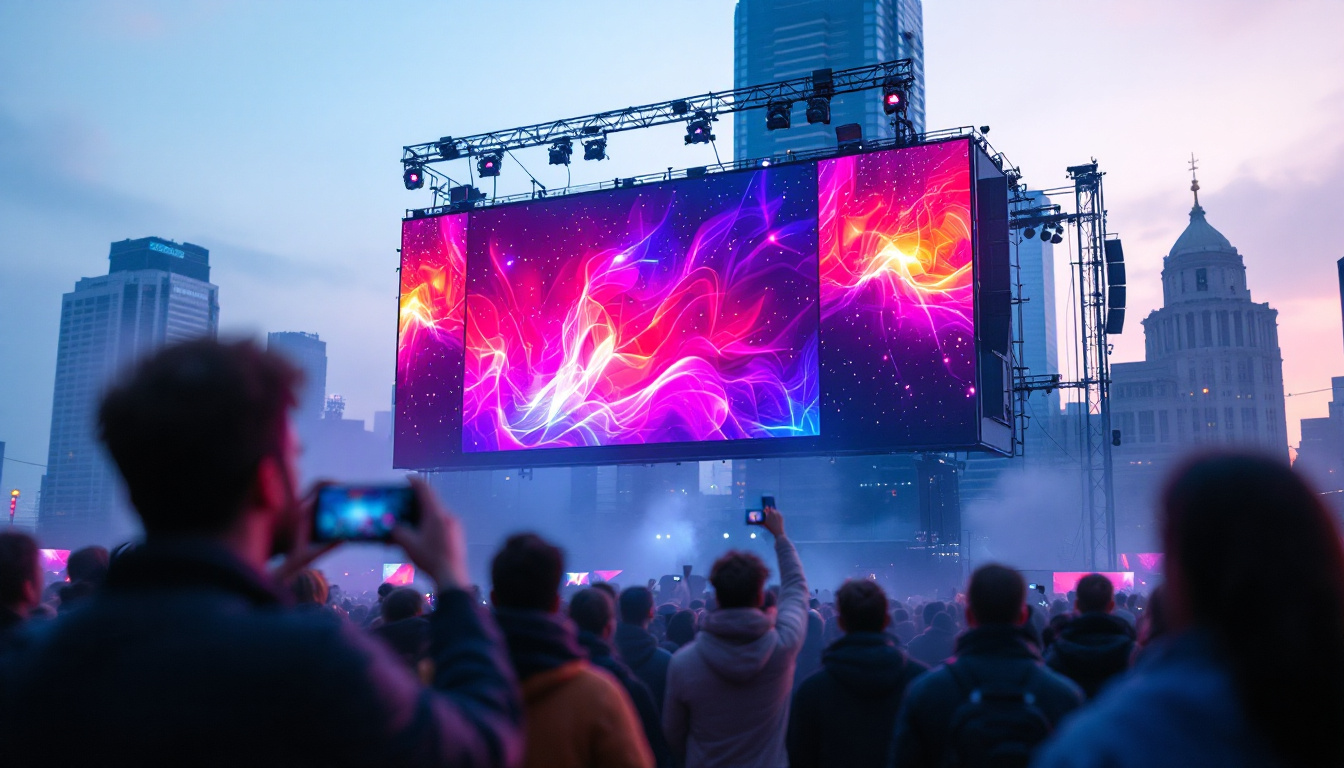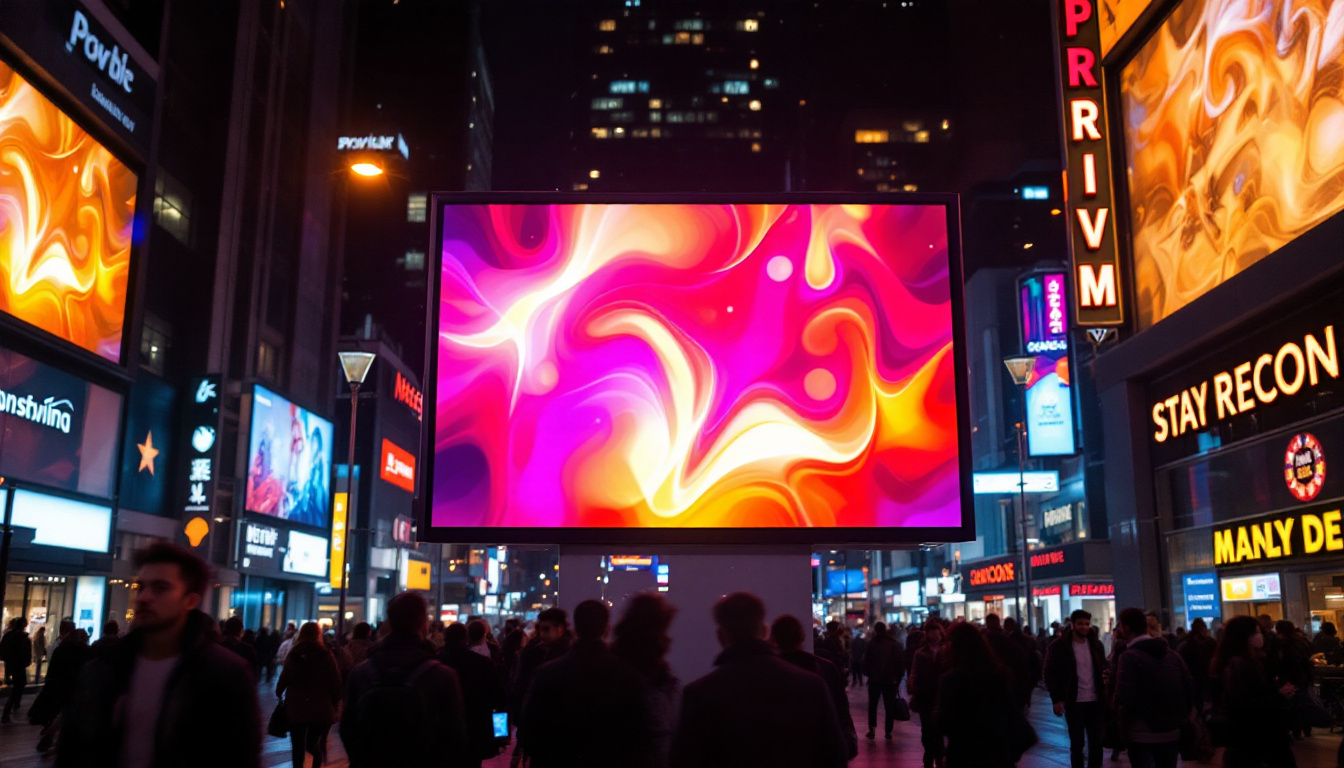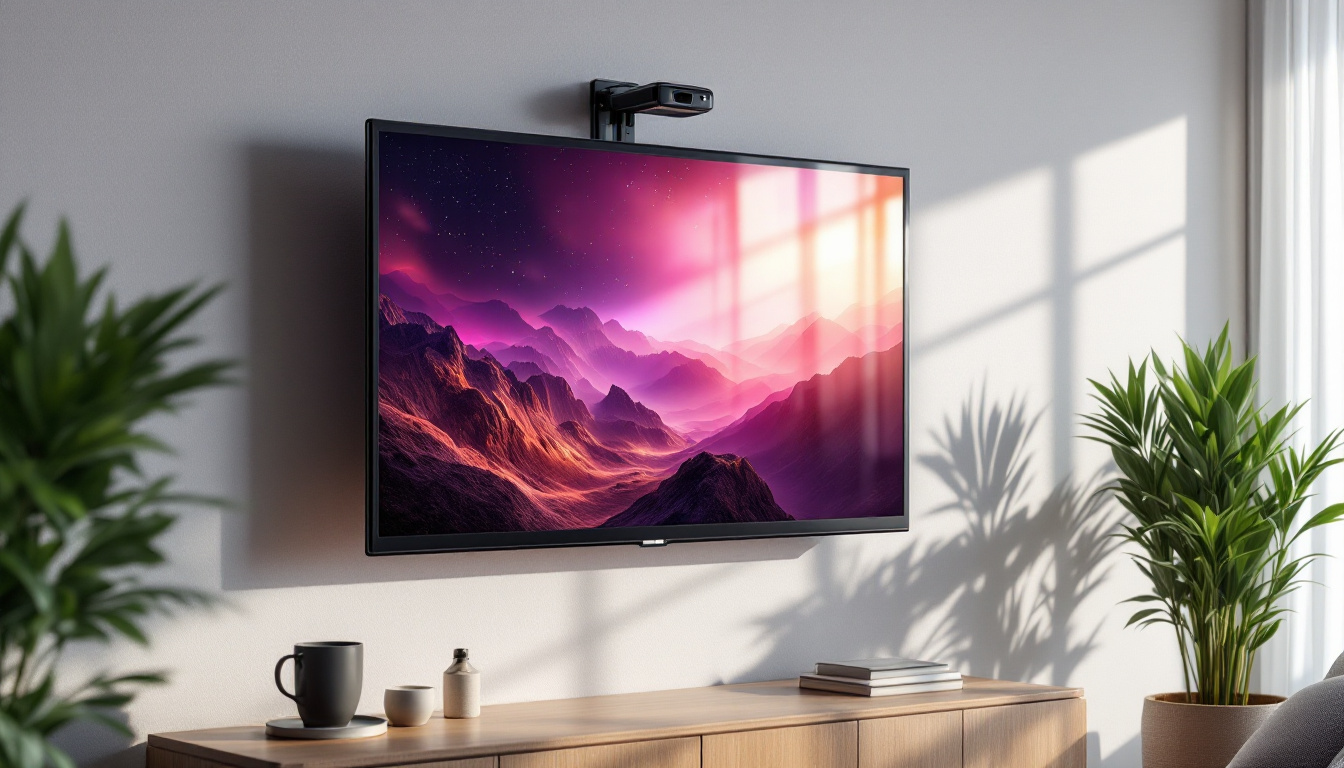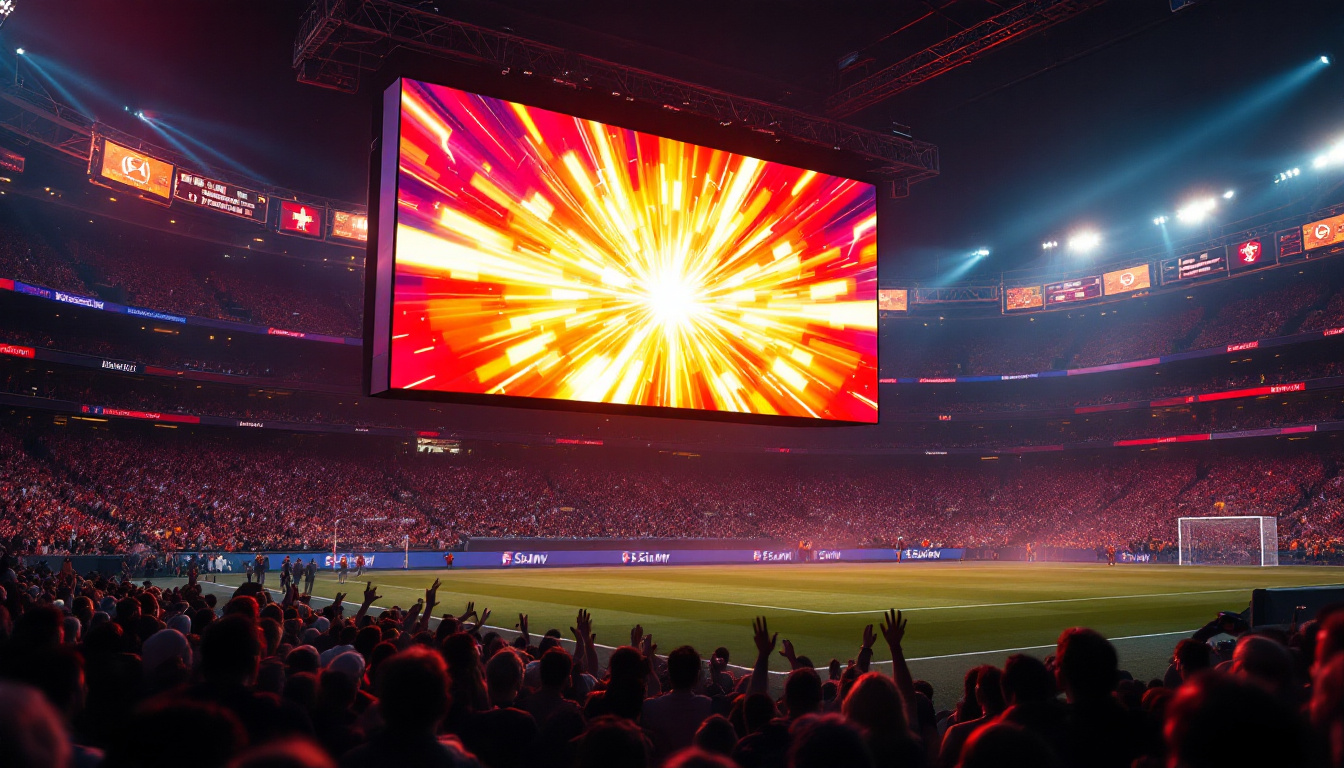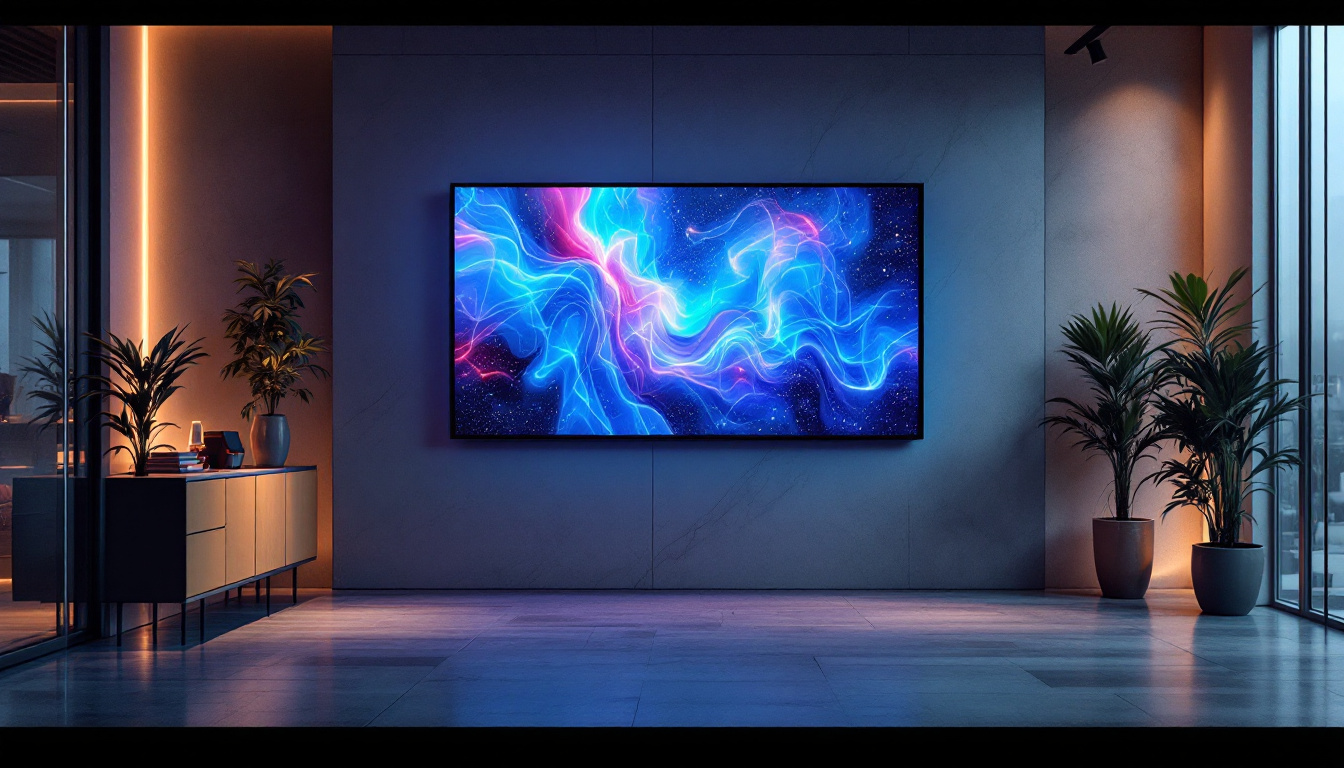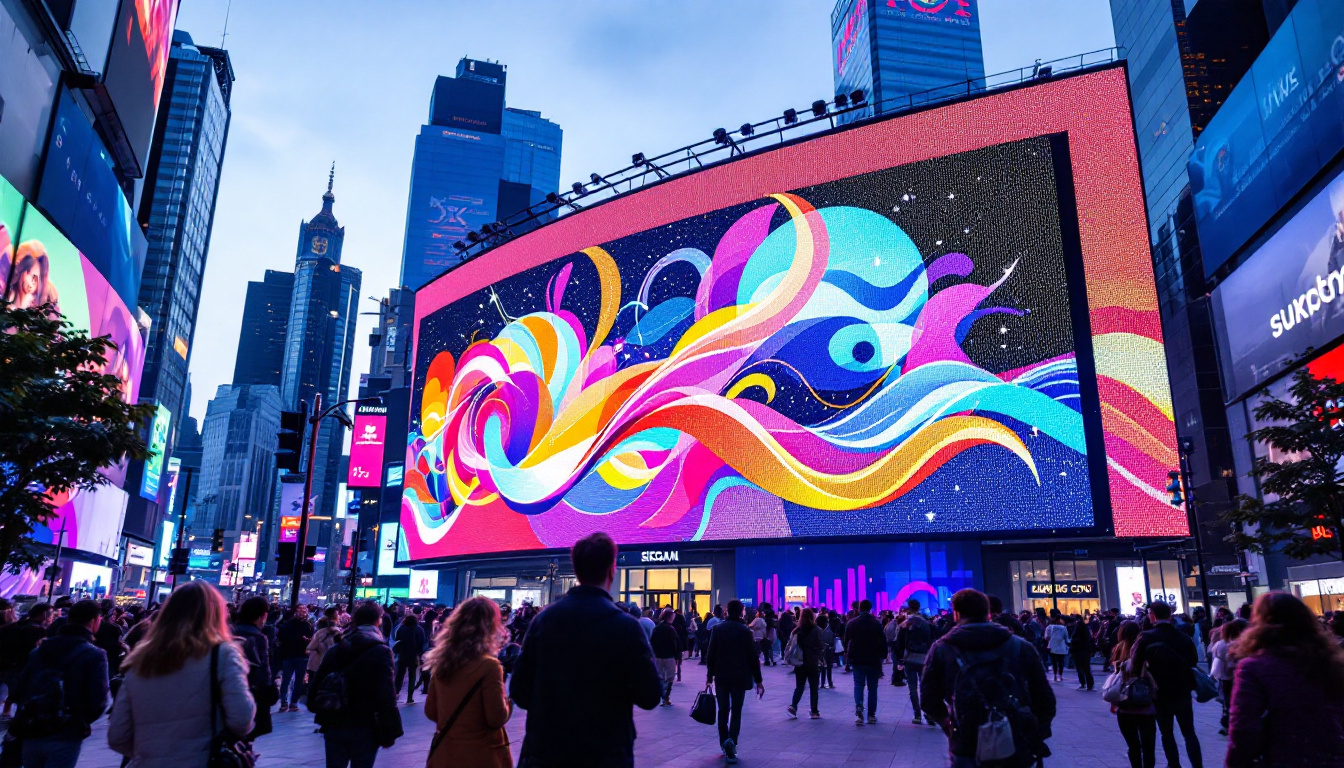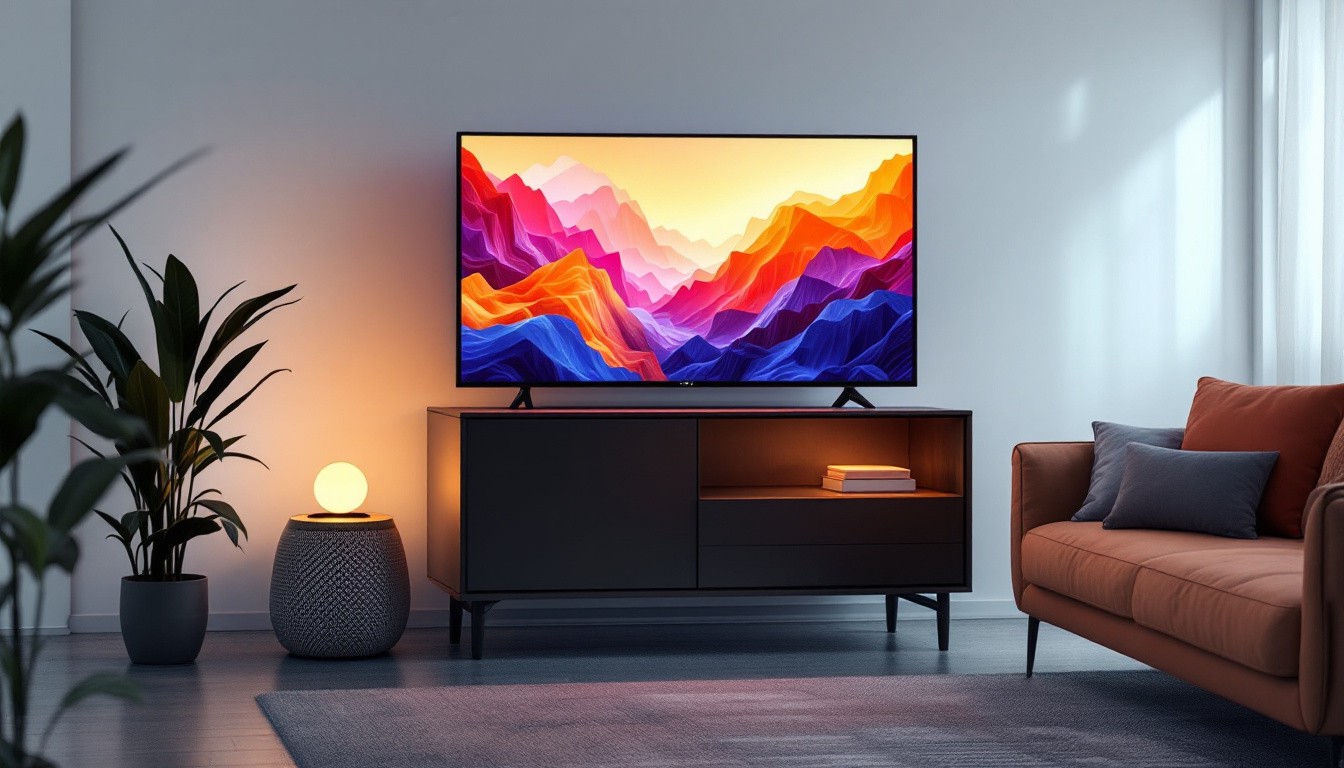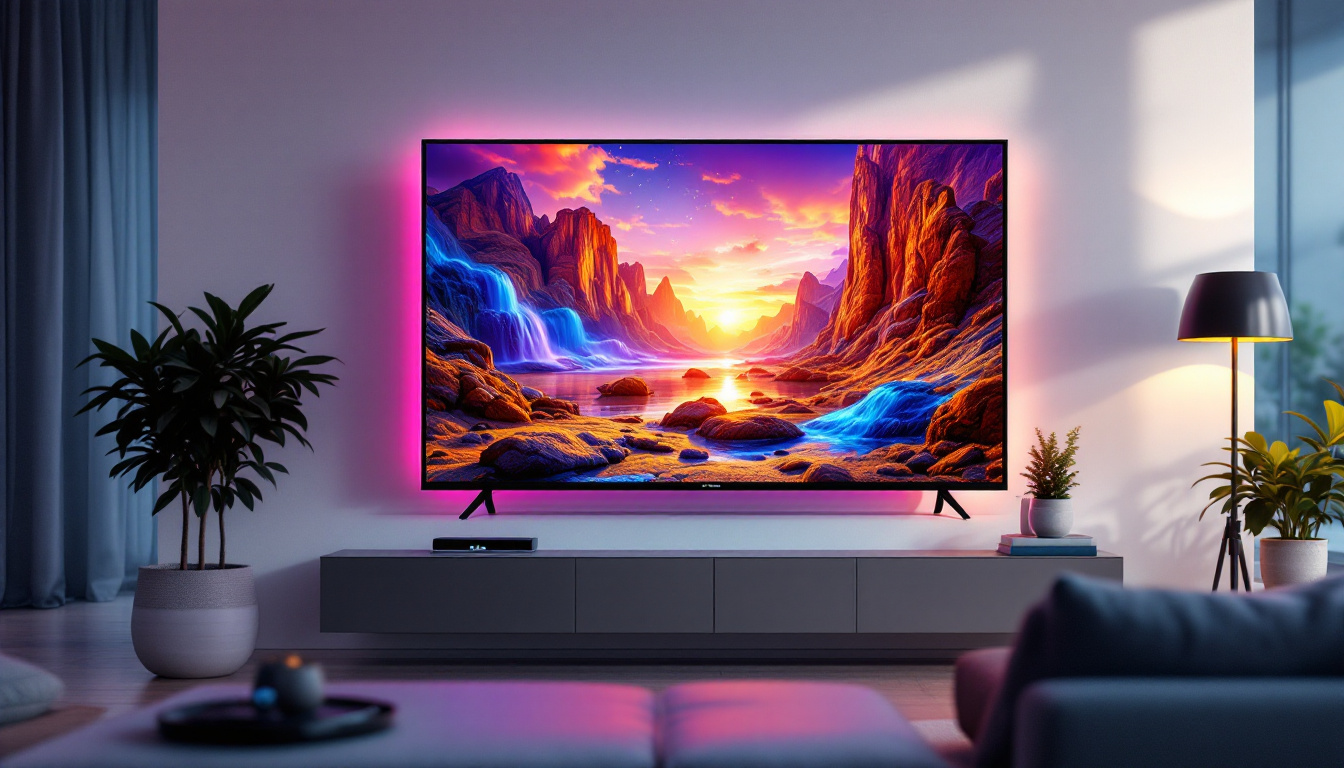Understanding measurements and conversions is essential in many fields, especially when dealing with technology such as LED displays. One common conversion that often arises is converting feet to centimeters, particularly when specifying the size of LED screens or panels. This article explores the conversion of 2.5 feet into centimeters and delves into the broader context of LED displays, their dimensions, and why accurate measurement matters.
Converting 2.5 Feet to Centimeters: The Basics
Feet and centimeters are units of length commonly used in different parts of the world. Feet are primarily used in the United States and a few other countries, while centimeters are part of the metric system, widely adopted globally. When dealing with LED displays, especially those manufactured or marketed internationally, understanding these conversions is critical.
To convert feet to centimeters, the standard conversion factor is:
1 foot = 30.48 centimeters
Using this, converting 2.5 feet to centimeters is straightforward:
2.5 ft × 30.48 cm/ft = 76.2 cm
Therefore, a measurement of 2.5 feet is equivalent to 76.2 centimeters.
Why This Conversion Matters in LED Displays
LED displays come in various sizes, and precise dimensions are crucial for installation, compatibility, and design purposes. For example, a digital billboard or an indoor LED panel might be specified in feet in one country and centimeters in another. Misunderstanding or miscalculating these measurements can lead to improper fitting, increased costs, or suboptimal display performance.
Manufacturers and installers often work internationally, so clear communication about size using universally understood units like centimeters helps avoid errors. Additionally, consumers and businesses seeking to purchase LED displays online or from overseas suppliers benefit from knowing these conversions to make informed decisions.
Moreover, the significance of accurate measurements extends beyond mere installation. In the realm of design, the visual impact of an LED display can be greatly influenced by its size and aspect ratio. A display that is too large or too small for a given space can disrupt the intended aesthetic and functionality, leading to a less engaging user experience. For instance, a retail store might aim for a specific height and width to ensure that promotional content is easily visible from a distance, which can directly affect foot traffic and sales.
In addition, the growing trend of smart cities and digital signage is pushing the demand for LED displays to new heights. As urban planners and businesses integrate technology into public spaces, understanding the nuances of measurement conversions becomes even more essential. With displays that may need to fit into pre-existing structures or align with other digital interfaces, the ability to accurately convert and communicate dimensions in both feet and centimeters ensures that these projects run smoothly and meet the expectations of stakeholders involved.
Understanding LED Display Sizes and Their Importance
LED displays are used in a broad range of applications, from small digital signage to massive outdoor billboards. The size of an LED display is a fundamental attribute that affects visibility, resolution, and overall impact.
How Size Influences Display Performance
The physical size of an LED display, often expressed in feet or centimeters, directly affects its viewing distance and pixel density. Larger screens are suitable for long-distance viewing, such as stadium scoreboards or highway billboards, while smaller displays are ideal for close-range applications like retail signs or conference room screens.
For instance, a 2.5 ft (76.2 cm) wide LED panel might be used as a component in a larger video wall or as a standalone display in a compact space. Knowing the exact size helps in planning the installation environment and ensuring the display meets the intended use case. Additionally, the environment plays a critical role in determining the appropriate size; for example, a bustling urban area with high foot traffic may benefit from larger displays that can capture attention from a distance, while a quiet office setting may only require smaller, more discreet screens.
Pixel Pitch and Resolution: Complementing Size
While size is important, it is closely linked to pixel pitch—the distance between individual LED pixels—and resolution. A 2.5 ft wide display with a fine pixel pitch (e.g., 1.5 mm) will offer high resolution suitable for close viewing, whereas a similar-sized display with a larger pixel pitch (e.g., 10 mm) may be better suited for viewing from a distance.
Understanding these technical details alongside size conversions ensures that users select the right LED display for their needs. Furthermore, the interplay between pixel pitch and size can significantly influence the overall viewing experience. For example, in a retail environment, a high-resolution display with a smaller pixel pitch can create vibrant, detailed images that draw customers in, while in a large venue, a lower resolution display may suffice as the audience is positioned further away. This balance is crucial for maximizing the effectiveness of the display in conveying messages and engaging viewers.
Common Applications of a 2.5 Ft (76.2 Cm) LED Display
LED displays around 2.5 feet in width are versatile and commonly used in various settings. Here are some typical applications where this size is relevant:
Retail and Point-of-Sale Displays
In retail environments, compact LED displays measuring around 2.5 ft wide are often used to attract customers’ attention with dynamic content. These displays can showcase promotions, product information, or brand messaging effectively in limited spaces such as store windows or checkout counters.
Corporate and Conference Room Screens
Businesses frequently use LED displays of this size for presentations, video conferencing, or digital signage within meeting rooms. The 76.2 cm width is large enough to provide clear visibility without overwhelming the space, making it an ideal choice for professional environments.
Public Information Displays
Transportation hubs, museums, and public venues utilize LED screens around this size to provide schedules, directions, or event information. The compact size allows for easy placement in high-traffic areas where space is at a premium.
Factors to Consider When Choosing LED Display Sizes
Choosing the right LED display size involves more than just converting feet to centimeters. Several factors influence the decision-making process to ensure optimal performance and user satisfaction.
Viewing Distance and Environment
The distance from which the audience will view the display is paramount. For close-range viewing, smaller displays with higher resolution and finer pixel pitch are preferable. Conversely, for audiences viewing from afar, larger displays with coarser pixel pitch are more effective.
Installation Space Constraints
Physical space limitations often dictate the maximum size of an LED display. A 2.5 ft wide display might be chosen specifically because it fits within a designated area without requiring structural modifications or additional supports.
Brightness and Ambient Lighting
LED displays must be bright enough to be visible under ambient lighting conditions. While size does not directly affect brightness, larger displays generally require more power and cooling. Smaller displays like those around 2.5 ft wide can be more energy-efficient and easier to manage in indoor environments.
Budget and Maintenance
Cost considerations are always important. Larger LED displays typically cost more upfront and incur higher maintenance expenses. A 2.5 ft LED display may offer a balanced option for businesses seeking quality and affordability.
LED Display Technology Overview
To fully appreciate the significance of size and measurement conversions, it is helpful to understand the basics of LED display technology.
What is an LED Display?
LED stands for Light Emitting Diode. LED displays use an array of these tiny diodes to produce bright, vibrant images. They are known for their energy efficiency, durability, and excellent color reproduction compared to older display technologies like LCD or plasma.
Types of LED Displays
There are primarily two types of LED displays:
- Direct View LED Displays: These are composed of individual LEDs that form the pixels of the screen. They are commonly used for large-scale outdoor screens and video walls.
- LED-Backlit LCD Displays: These use LEDs as a backlight for an LCD panel, offering thinner and lighter displays suitable for indoor use.
Understanding which type of LED display is being measured or purchased is essential, as the physical dimensions and performance characteristics can vary.
Advancements in LED Display Sizes and Resolution
Recent advancements in LED technology have allowed for smaller pixel pitches and higher resolution displays in compact sizes. This means that even a 2.5 ft (76.2 cm) wide display can deliver stunning image quality suitable for detailed graphics and video content.
Manufacturers now produce modular LED panels that can be combined to create larger displays or used individually for smaller installations, offering flexibility in design and application.
Practical Tips for Working with LED Display Measurements
Whether you are a buyer, installer, or designer, handling LED display measurements accurately is crucial. Here are some practical tips:
Always Confirm Units and Conversions
When dealing with international suppliers or technical specifications, always double-check whether dimensions are given in feet, inches, centimeters, or millimeters. Use reliable conversion factors to avoid errors.
Consider the Total Display Size
If the LED display is modular, remember that the total size will be the sum of individual panels. For example, several 2.5 ft wide panels combined will create a much larger screen, so plan accordingly.
Account for Mounting and Surrounding Structures
Allow space for mounting hardware, ventilation, and access for maintenance when planning installation. The physical footprint of the display will be larger than the screen size alone.
Consult with Professionals
Engaging with experienced LED display manufacturers, installers, or consultants can help ensure that size conversions and technical specifications align with your project goals.
Conclusion
Converting 2.5 feet to centimeters results in 76.2 cm, a simple yet vital calculation when dealing with LED displays. Understanding this conversion is just one part of a broader knowledge base necessary for selecting, installing, and optimizing LED screens.
LED display size impacts visibility, resolution, application suitability, and overall user experience. Whether for retail signage, corporate use, or public information, knowing the exact dimensions and how they translate between measurement systems is essential.
As LED technology continues to evolve, offering higher resolution and flexible sizing options, the ability to accurately interpret and apply size measurements remains a foundational skill for professionals and consumers alike.
Discover LumenMatrix’s Advanced LED Display Solutions
Ready to take your visual displays to the next level? Explore LumenMatrix’s comprehensive range of LED display technologies, designed to meet the demands of any application. From vibrant Indoor and Outdoor LED Wall Displays to innovative solutions like Vehicle LED Displays and LED Sports Displays, LumenMatrix has the perfect fit for your needs. Experience the future of visual communication with our Custom LED Displays, All-in-One solutions, and LED Transparent Displays. Elevate your brand’s presence and create unforgettable experiences with LumenMatrix. Check out LumenMatrix LED Display Solutions today and see the difference cutting-edge technology can make.






